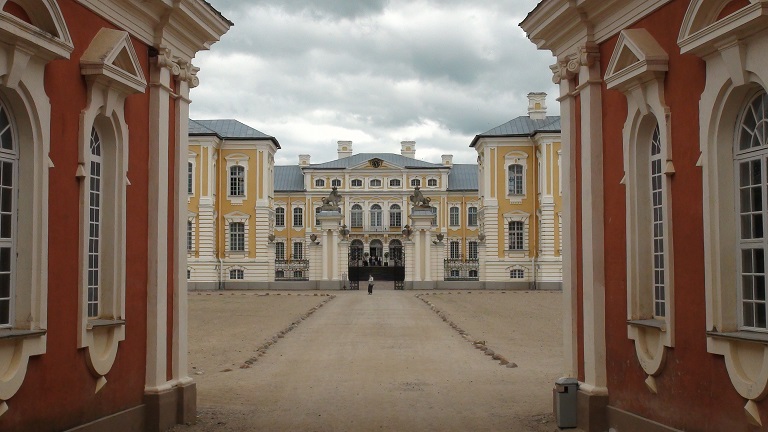Many of the prettiest buildings in Latvia have been conceived or funded by ethnic Germans: the palaces, the castles, the churches… Having came to Christianize the land Germans amassed immense power, becoming the lords of the land.

While Germans lost sovereignty over Latvia in the 16th century, even under the subsequent alternating Polish, Lithuanian, Swedish and Russian regimes they remained the elite, controlling Latvia’s lands and businesses. They were known as “Baltic barons” and still made up 6,2% of population in 1897.
Urbanization and enlightenment of the Latvian peasantry ~1900 broke the German monopoly on leadership and culture. After Latvian independence (1918) emigration and lower birth rates made German share decline to 3,2% by 1935.

But the complete end to the Latvia’s German community came with World War 2 and the subsequent Soviet Genocide, which all but destroyed the German community. Germans had to flee the land that was their home for centuries, those who couldn’t or didn’t were murdered. Much of the remaining cultural heritage in Latvia was destroyed. Since then Germans make up merely 0,1% of Latvia‘s population.
Historically Germans were primarily concentrated in southern and western Latvia (Semigallia and Courland) as well as Riga. Well into the 20th century they made 25%-50% of population in many towns and cities there. Beyond the city limits however there were very few Germans.


My German paternal grandfather came here from Latvia in the late 19th century, So I have harbored interest in Latvia for many years.
One thing about your location photos – the sky always appears so cloudy and grey. Not very sunny and inviting. Makes me less wanting to visit. You might want to replace those somber shots,
Maybe, although this is not as much an advertising website for Latvia as it is a website that aims to show the reality – so the photos were generally made on random dates and Latvia is not known for being sunny that often, especially outside summer season, making these photos a more likely way you would see Latvia if you would come.